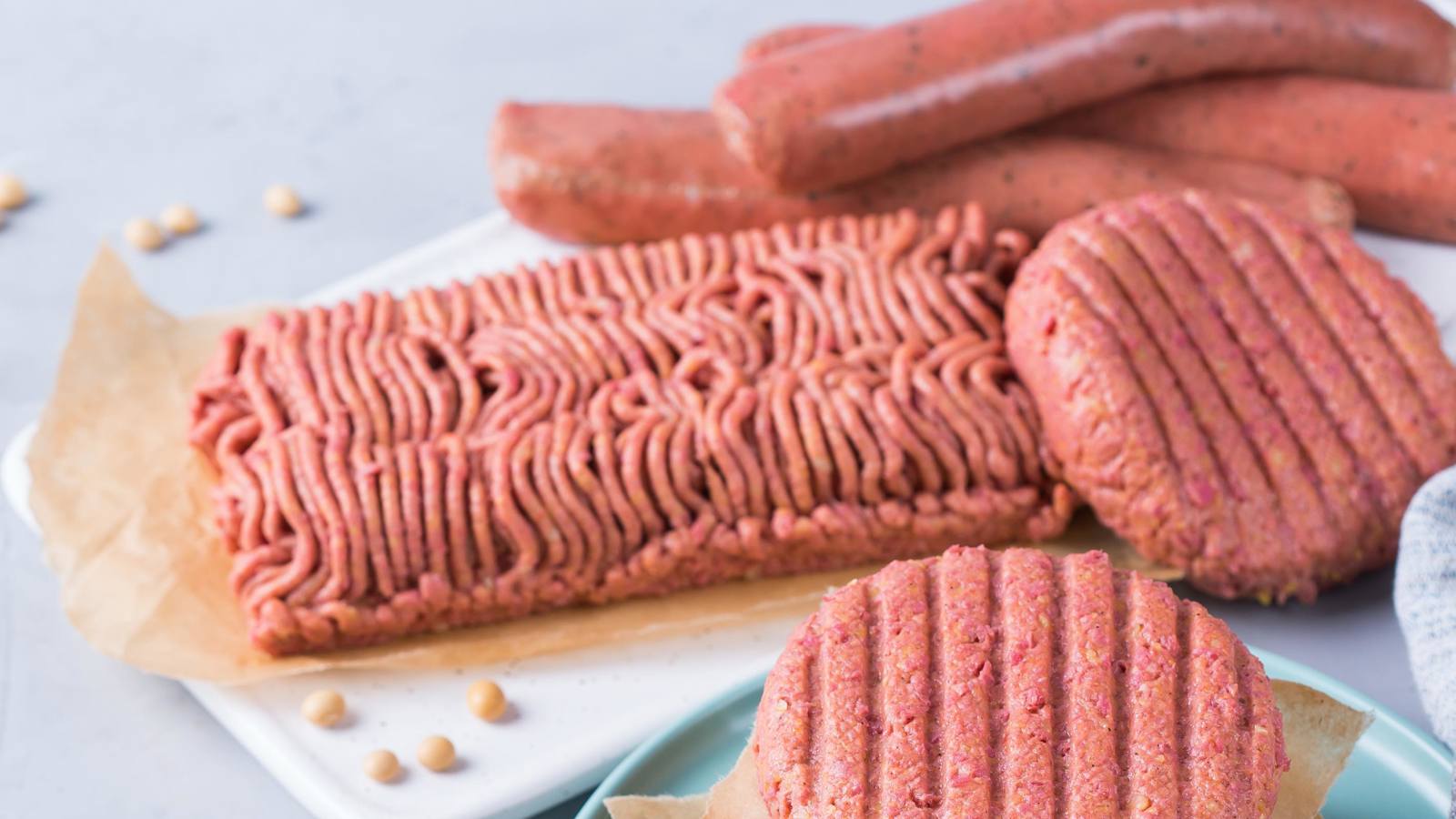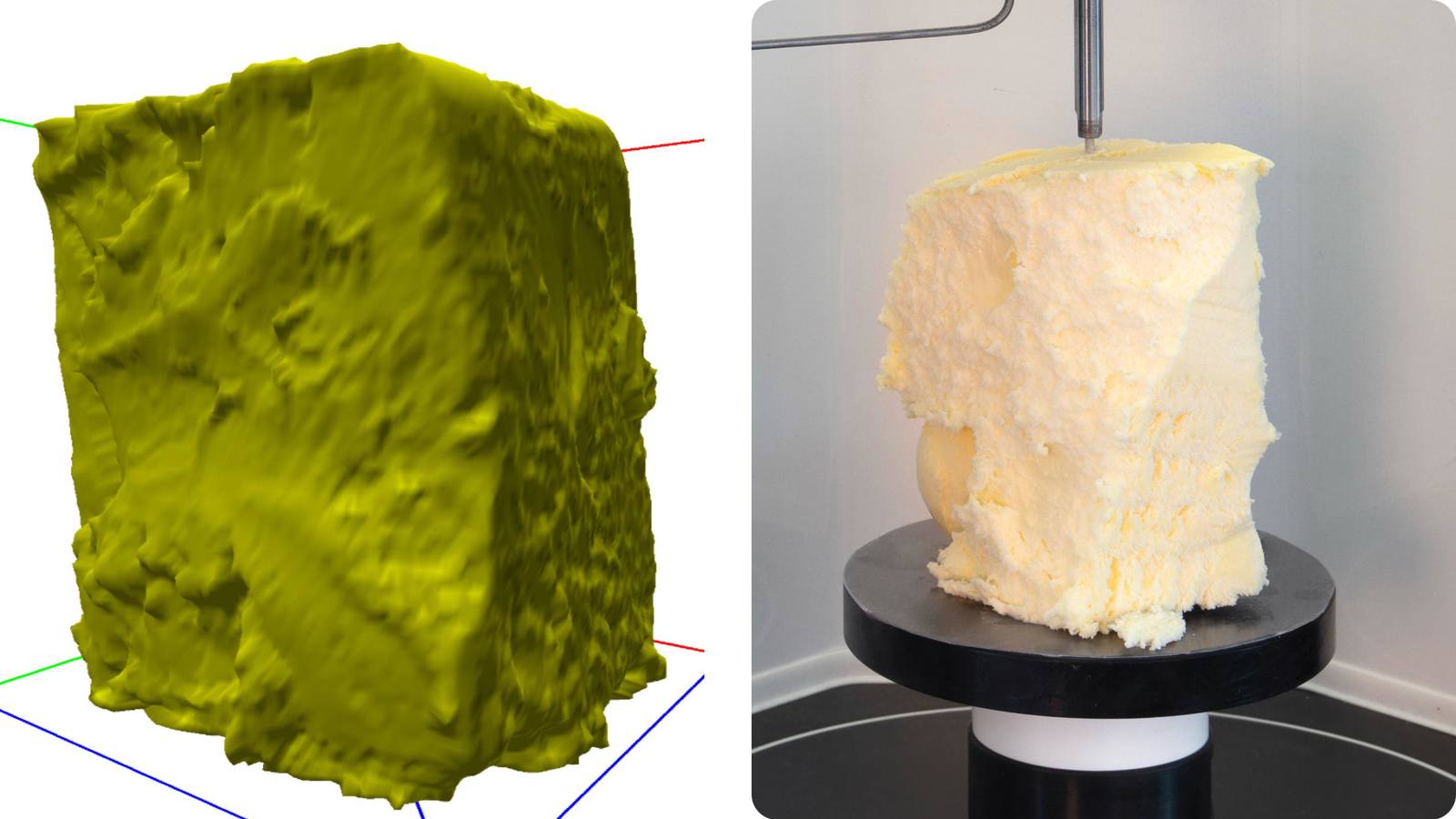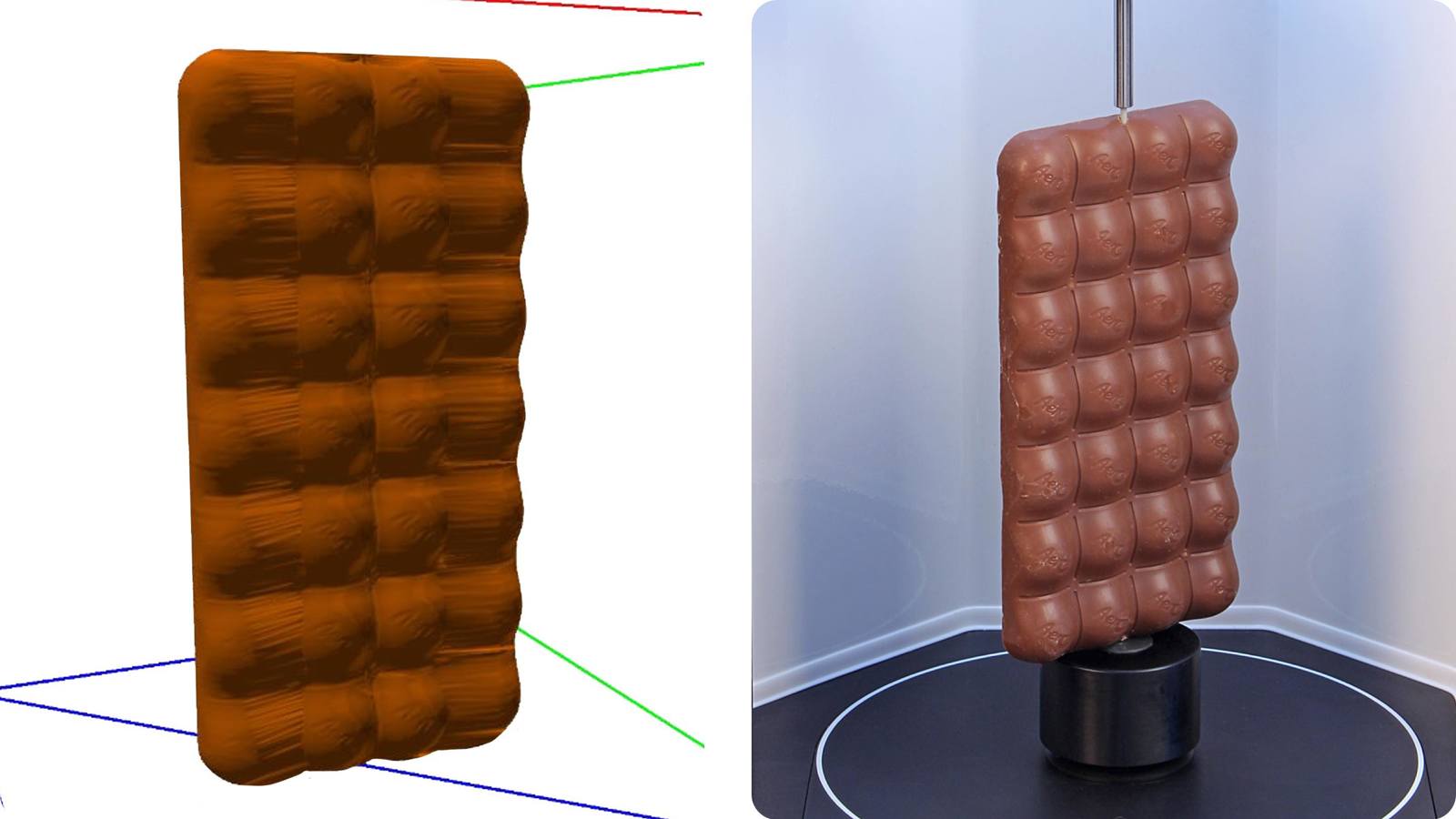
Texture analysis in plant-based and vegan product development

One of the biggest challenges in developing plant-based foods is creating an appealing texture. Navigating this complex area requires a detailed understanding of the structural properties and composition of food formulations.
Say cheese. But is it? Lab-made non-dairy breakthrough acts, tastes and cooks like cheese is an article by University of Guelph researchers who have recently used their Texture Analyser to develop a plant-based cheese alternative.
Although it is common knowledge (and sense) that the texture of food is integral to the experience of eating, it’s not a straightforward concept. Texture encompasses many different sensorial qualities and is evaluated from the moment the product is first handled through to when it is chewed and swallowed. Texture evolves in the mouth, from the first bite, through the chewing action and mixing with saliva. Understanding how a product needs to behave to secure consumer acceptance and appeal is an essential part of the development process. Getting to grips with texture in vegan product development is an article recently published by Reading Scientific Services that also shows how they use their Texture Analyser to help in development of plant-based foods.
When it comes to ingredient replacement in dairy alternatives, it can be especially challenging because they lack milk fat, which typically can give a lot of texture and mouthfeel to dairy-based products. This is why texture has become a focal point during the early stages of product development. Most consumers don’t think about a food’s texture or mouthfeel unless it is inferior. Formulators are tasked to make up for that loss in mouthfeel through the use of texturisers or processing methods can assist with delivering a product that keeps consumers coming back.
The Texture Analyser is helping in development of these products. But there’s also the Volscan Profiler – a product that uses a laser to measure the volume and density of a product. Now just as the removal of an ingredient such as a dairy fat can affect the texture, so too might it affect the product’s density. The Volscan Profiler will thereby allow you to compare the increased or decreased volume or density to keep track of the changes that occur during reformulation which may negatively impact on consumer success.
Here are a few examples of vegan products that can be measured using the Texture Analyser and Volscan Profiler to keep objective control. In the below graph, texture analysis shows that in this dairy and dairy-free ice cream product (tested via penetration) the difference in firmness that would be perceived by the consumer is considerable.

Whilst a vegan chocolate is also seen to have increased density when measured using a Volscan Profiler.

Customers are ready to embrace this plant-based trend, but will only do so if taste, texture and health remain uncompromised. Companies that can innovate to meet changing consumer expectations – while continuing to satisfy their senses – will see the greatest success.
How is the Texture Analyser currently being applied in academic research in plant-based dairy products?
Lupin and chickpea-based yogurts as dairy and soy alternatives
Double emulsions fortified with plant and milk proteins as fat replacers in cheese
Further information
View published references on research using our instruments for dairy product testing
View patents that refer to our instruments for testing of dairy products
See how dairy industry leaders use texture analysis to get ahead of their competition










